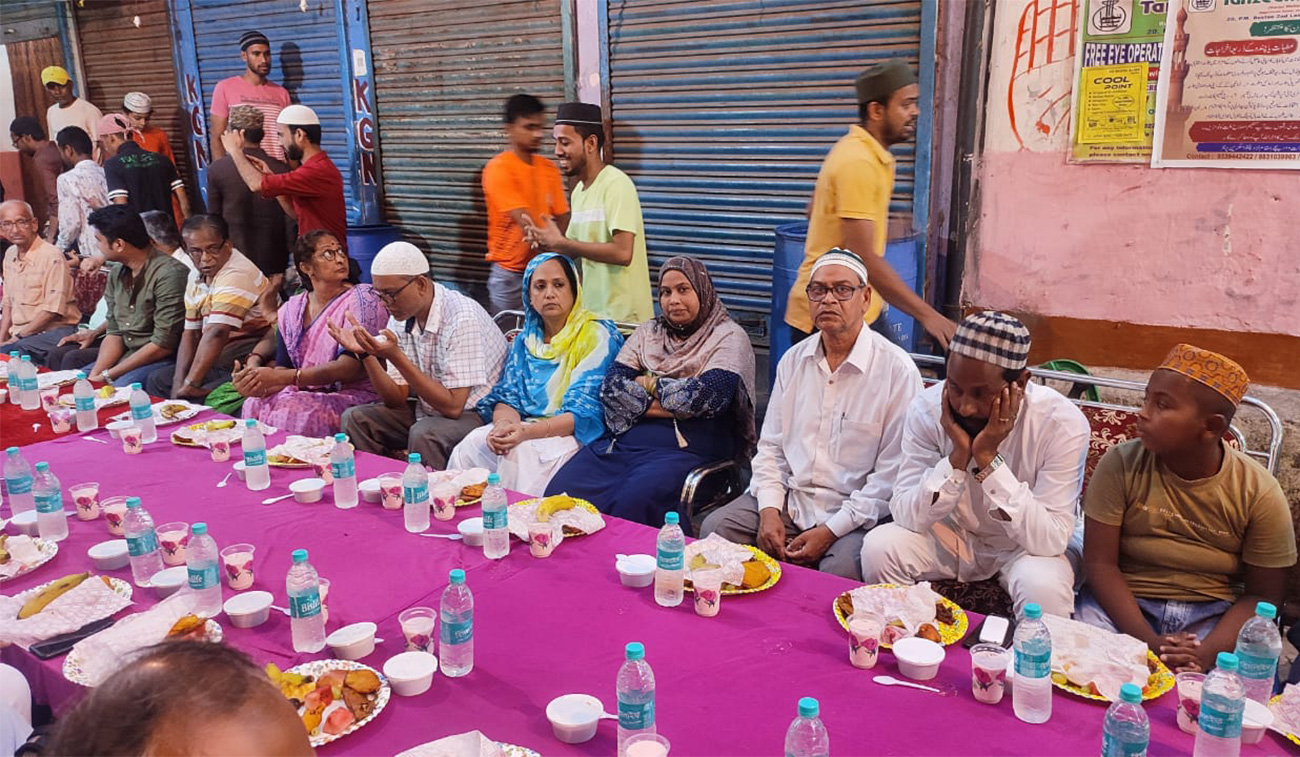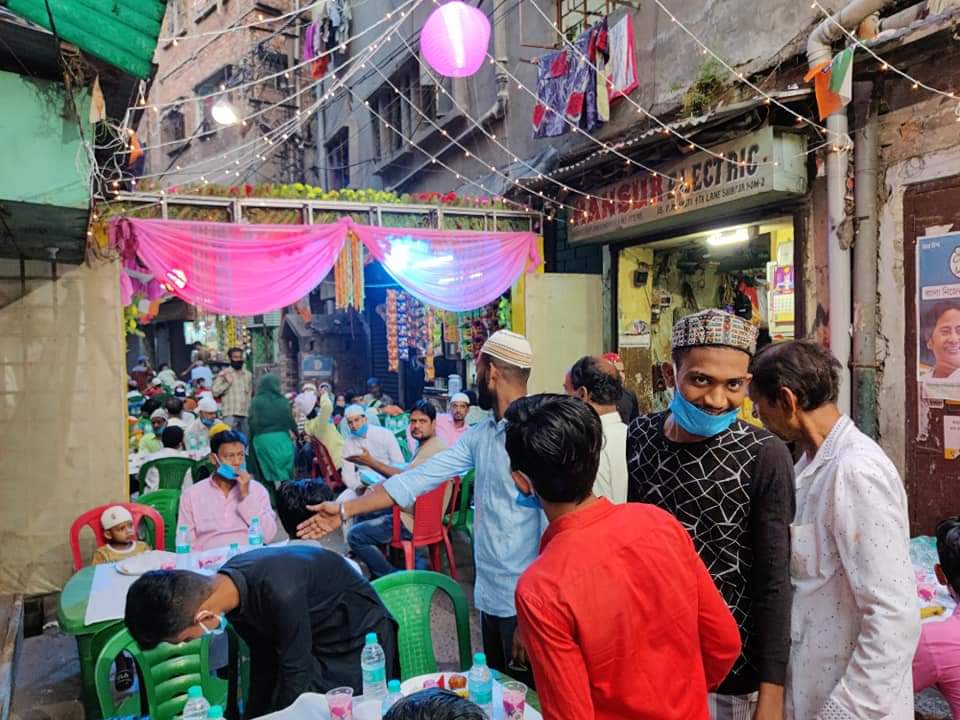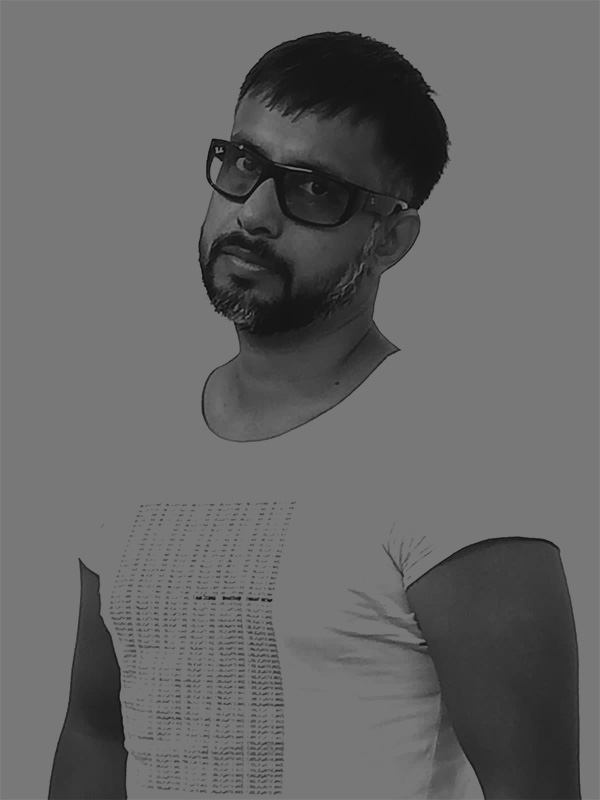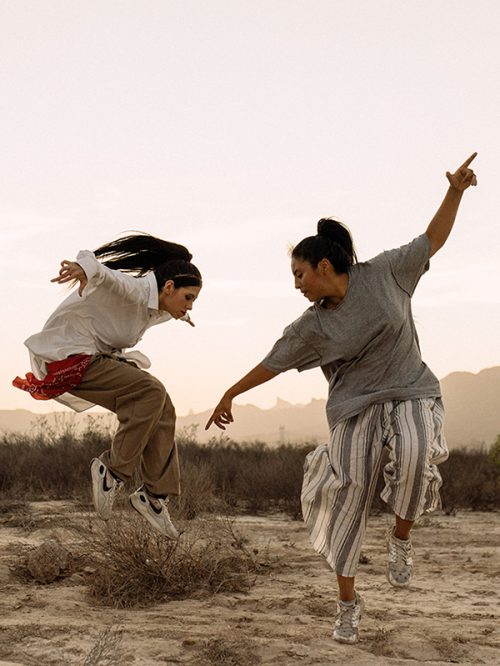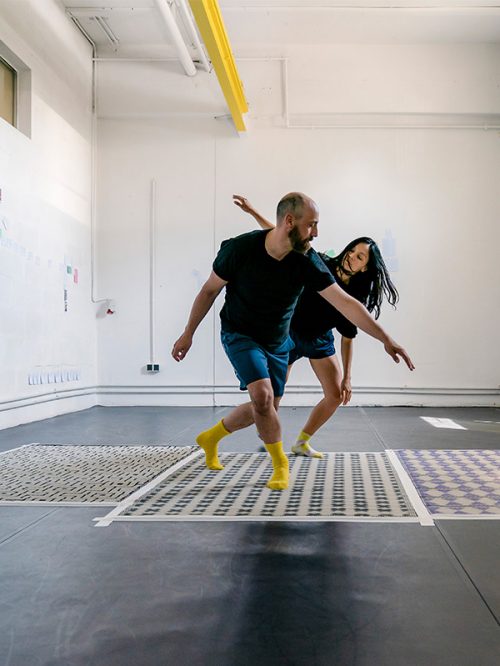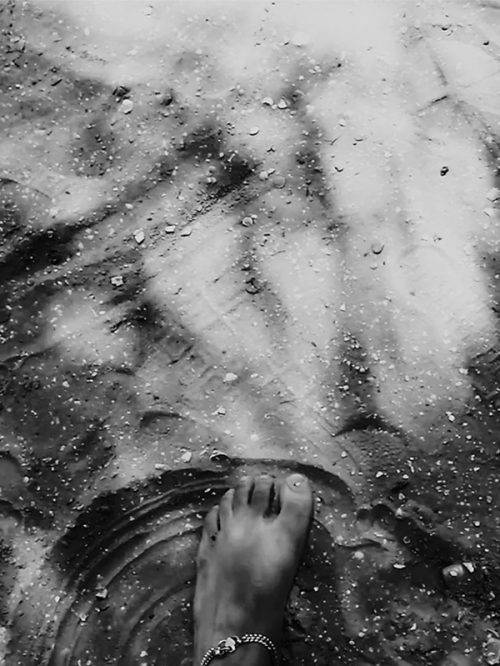If I can’t dance, I don’t want to be part of your revolution
You arrived at Delhi International airport, and you feel like you are pure, divine and of course blessed, blessed by Neo Hinduism. You feel like this is India, or at least India must look like this only. Very accurate. A sculpture or statue of a perfect Indian woman, draping a traditional Indian Saree, holding an Indian classical dance posture, welcomes you. Then you get out of this holy space, take a cab, and if you are unfortunate enough, the cab driver is a Muslim! Instead of pursuing and continuing the divine mood, which you have achieved immediately after you arrived at the airport, that cabbie would have put on a lousy Bollywood number on the ugly stereo system of his ugly car to ruin everything. Alas! India is not so pure, not so divine, not so accurate.
Yes, we live here, we love here, we do copulate, give birth, and we dance. Hence our dance can’t be pure, divine, accurate, and can’t be blessed, or inspired by the happening neo-Hinduism of global Islamophobia. Our dances are like our dancers! Marginal, uneven, improvised. But these sorts of dirty dances are not permissive. Though in this subcontinent most of us are brown, we need to look white while dancing. Because Indians are Hindu, Hindus are Aryan, and Aryans are fair. Simple logic! Hence we put on makeup, we need to look good on the stage, and we all know if you are not white enough, you are not good looking enough, and your dance is also not good enough. In a nutshell, our dance is isolated from our reality because our aesthetics is unreal, fake, and hence corrupt.
We have given rise to this new shining India, where corruption got absolute validation, and criminalization is the norm. This is the 75th year of our independence. We have planned to celebrate this year with a huge budget provided by the government of India. While this is happening, most people are witnessing this celebration with utmost hunger. No, hunger is not symbolic here, hunger means physical hunger, Hungry for food. Dance is of course the most integral part of our celebration and hunger too. So we are hungry dancers. Hungry for food and hungry for dance.
This celebration, these festivities, lights, this music, the brand new clothes, chocolate, coca cola, and Rolls-Royce have rejected us, and we have rejected them too. Our celebration comes through this process of rejection. When we dance we reject dance. When shining India is protecting and projecting classical, we are going to be anti-classical. When authorities whisper about the past and its glory, we shout out loud- let’s talk about the present. It is ugly, it is awful, it is obscene.
I stay in a place called Howrah. It is a district with a lot of slums, mills, and absolute poverty. Jobless factory workers turned into alcoholics and a promising footballer turned into a rickshaw puller are common phenomena here. To be an individual is a grand luxury in these slums. You are lucky enough if you get a bed beside your elder brother and sister-in-law. Otherwise, you sleep in the street with a portable bed. You are fatigued, and your movement is slow and repetitive.
You are doing the same thing, as an athlete’s practice. And you are doing this collectively because being an individual is sheer luxury. So you are doing the same repetitive movement collectively for ages. This is almost a ritual. An urban ritual. Our journey is the opposite of the classical performance. They constructed myths. Their journey is from myth to ritual. Ours is from ritual to myth. Yes, we have a different approach to dance. Because we have different approaches to life. They are classical because they are conscious of their class, and we are anti-classical because we are also conscious of our class. We are class-wise different so is our dance. Martha Graham wrote in her autobiography, “I think the reason dance has held such an ageless magic for the world is that it has been the symbol of the performance of living.”
We live the life of the oppressed and can not serve the purpose of an oppressor. We can not dance in their language, in their vocabulary, or their terms. We need to create our vocabulary, our language, and our dance. Dance of resistance. It shall emerge from our everyday life. From our daily gestures. Instead of looking beautiful, we need to be truthful in our body movements. And to deliver these with our bodies, we need to understand our bodies in the first place. There is a huge gap between our physical body and our conceptual body. The conceptual body has been created by cultural or cultural hegemony. The conceptual body overpowers the physical body. As if the conceptual body creates an idea and the physical body is bound to execute that very idea! It is like the difference between working and thinking. As if they are two different entities, as if work itself does not need any thinking. We reject this supremacy of the intellectuals over the working class. We shall create our working-class culture with our physical body, which thinks and executes the ideas at the same time. Again I want to quote Martha Graham, who wrote in her autobiography- Blood memory, “I believe that we learn by practice. Whether it means to learn to dance by practicing dancing or to learn to live by practicing living, the principles are the same.” Now I quote a great filmmaker Rittwik Gatak, who said, “Think, think, you must practice thinking.” And now I want to equate Martha Graham and Rittwik Ghatak- we learn by practice, if we practice dance, we learn to dance, if we practice living, we learn to live, and if we practice thinking, we learn to think. If we practice all these three simultaneously, we learn thinking, living dance. Our dance body is a working body and a thinking body simultaneously. Our dance is physical and cerebral simultaneously.
Suggested Citation
Bhattacharjee, Joyraj. 2022. “If I can’t dance, I don’t want to be part of your revolution“ In: Moving Interventions 2: Between Non-cooperation and Community-building Practices of Resilience in dance – through dance – because of dance, December 2022. Edited by / Herausgegeben von: Sarah Bergh and Sandra Chatterjee, with Ariadne Jacoby (CHAKKARs – Moving Interventions), translated into German by: Anja Tracksdorf (Tracksdorf Translations). Published by /veröffentlicht von CHAKKARs – Moving Interventions.
About the author
Joyraj Bhattacharjee is a politically integrated art practitioner. He gets many offers to act in various Bengali films but seldom accepts, rejecting them most of the time. When a director gets a scanty flow of money but a superb idea, Joyraj is an obvious choice for them. On stage these days he does more propaganda and less ART. In recent years, he also developed a passion for spending nights in police custody.


